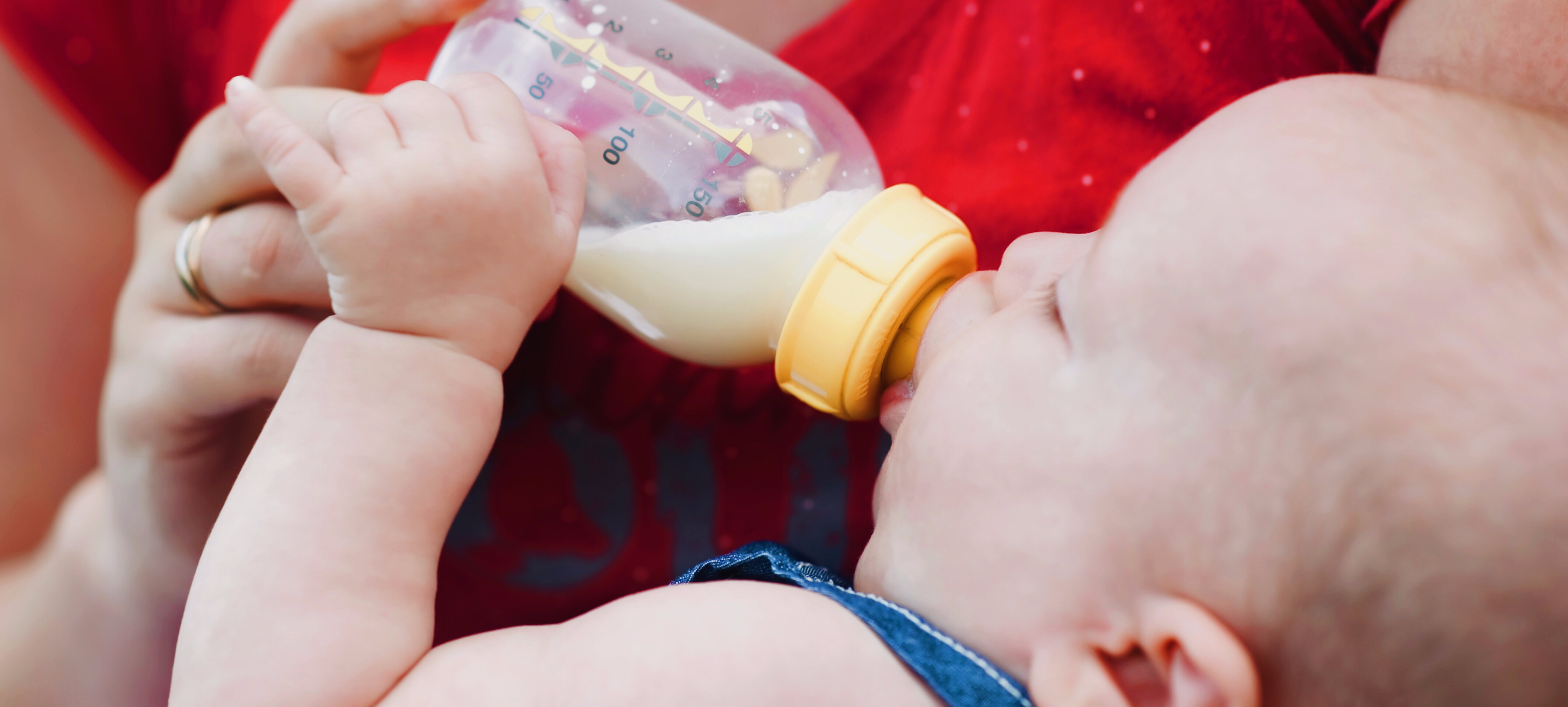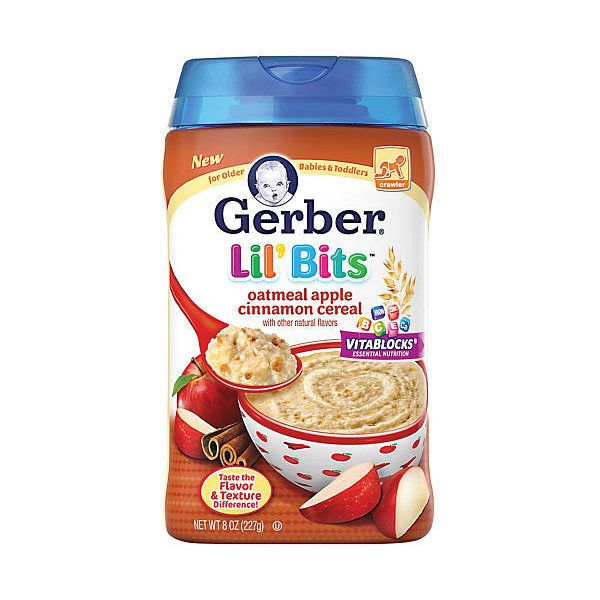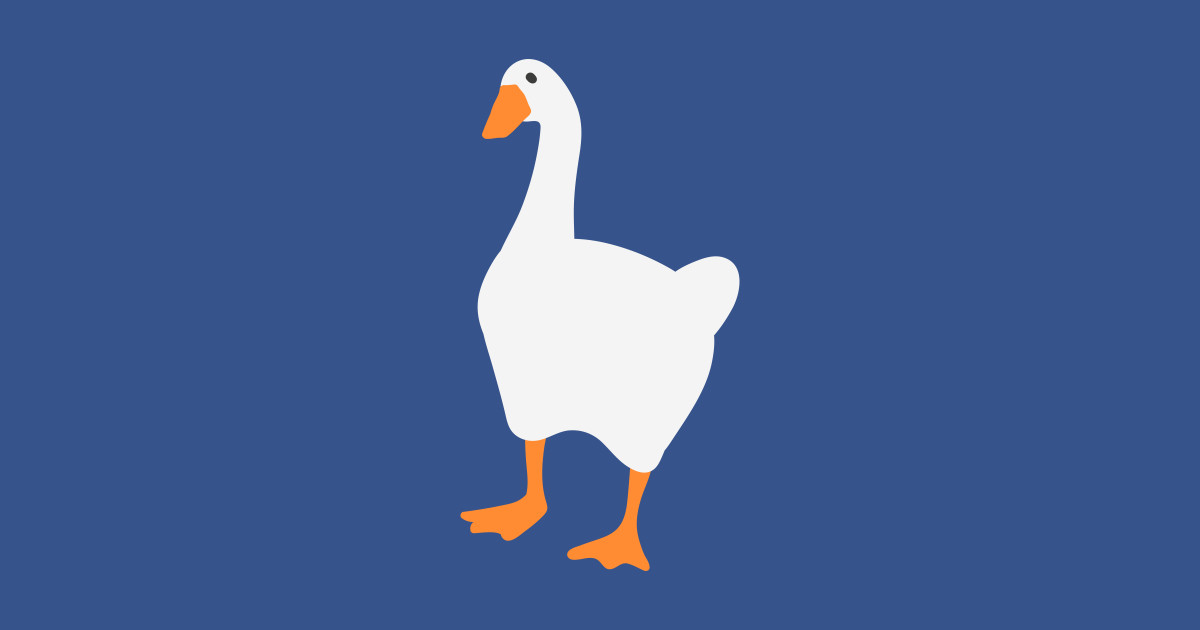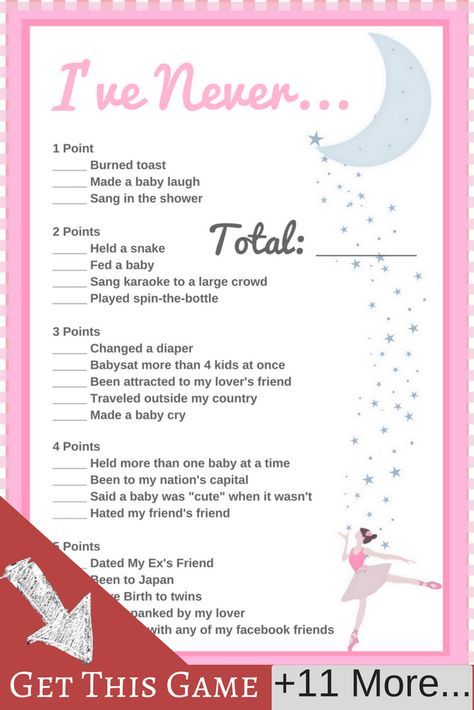How to keep baby up while feeding
Keeping Your Baby Awake During Breastfeeding
Gently preventing your baby from nodding off while feeding will help to foster better feeding and sleeping habits.
new born babyMany babies have a cute tendency to nod off when they are feeding. Warm and cosy on the breast or cuddling in with a bottle, they drop off mid-feed and don’t want to be woken for another hour.While super-cute, this isn’t ideal. Keeping your baby awake at feeding time is important to avoid a feed-to-sleep association. That is, your baby gets into the habit of needing a feed in order to fall asleep. So how do you keep her from nodding off while feeding?
Understand sleeping patterns
Babies need a lot of sleep. Homeostatic pressure is the build-up of ‘need for sleep’ over time. In newborns, this pressure builds quickly; as babies grow and develop, it gradually lessens. Newborns can generally only tolerate around 45 to 90 minutes of wakefulness before needing to sleep. Toddlers can go for much longer – with stretches of up to five hours of being awake before needing to sleep again. Also bear in mind that a newborn’s circadian rhythm or ‘body clock’ does not properly develop until about six months of age. This clock is a 24-hour cycle that tells our bodies when to sleep, and also signals hunger and digestion.
How to keep your baby awake
Keeping your baby awake while feeding will help to foster good feeding and sleeping habits.
Observe your baby and keep track of her natural biological patterns of sleep and hunger. Once you know the patterns, then feed her at the times she is most awake – either right after waking up or well before she is ready for sleep again.
Also create an environment for eating, not sleeping. Here are some tips:
- Feed her in a lighted room – darkness sends a signal to their body that it’s time to sleep.
- Keep things cool – unwrap the swaddle or take her out of her sleep sack or pajamas before feeding. Your baby may associate warmth and wrapping with sleep time, so exposing her chest and feet to the air will send her an ‘awake’ message.
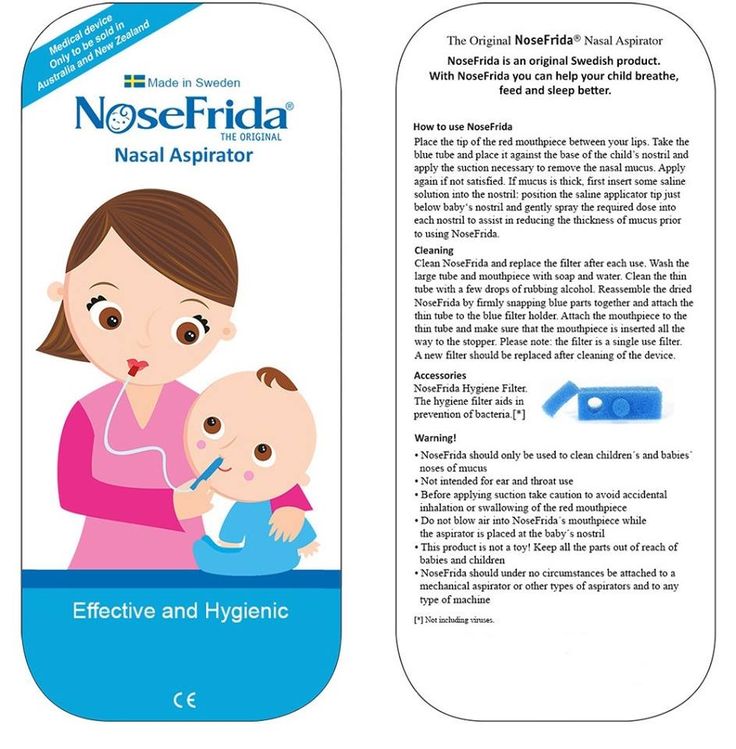
- Don’t be afraid to move – move your baby around and burp her to keep her alert. If she seems drowsy, remove the bottle or gently unlatch her and change positions to rouse her. You can also gently blow air on her cheeks or forehead (avoid blowing air directly into her face), stroke her bare feet or change her nappy.
- Make some noise – while a feeding environment should be calm and not too stimulating, playing music or singing and speaking with your baby while she feeds is a nice way to bond while keeping her engaged and awake.
Want to know more? Call us on 1800 842 098 or Live Chat now.
Related articles
Breastfeeding challenges: dealing with low milk supply
Read more
Top 5 tips for returning to work
Read more
Allergies: what to know when pregnant and breastfeeding
Read more
27 Ways To Keep Baby Awake While Breastfeeding — Milkology®
Newborns (especially in the first couple of weeks) tend to be EXTRA sleepy.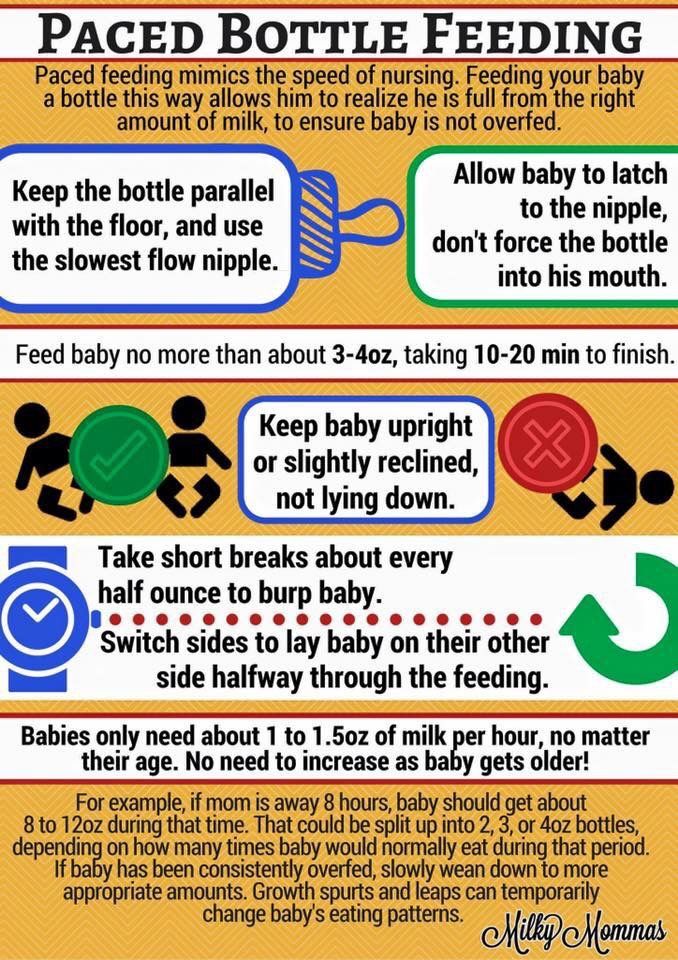
This can pose a problem with breastfeeding because they might not wake enough to take full feedings. Keeping them awake while breastfeeding is key to getting them to eat enough.
It’s no surprise that they can easily fall into a deep sleep while breastfeeding...
According to a study, there’s a hormone released while breastfeeding called cholecystokinin (or CCK) that naturally makes them feel full and drowsy. And the younger the infant is, the higher the concentrations of CCK is released in their body.
Knowing this - you'll need tips and tricks up your sleeve to keep your baby awake long enough during breastfeeding.
(Try 1 or 2 each feeding session to see what works best to rouse your baby)
Light up the room.
Take off their clothes and socks.
Change up breastfeeding positions.
Burp the baby.
Blow air on their cheeks or forehead.
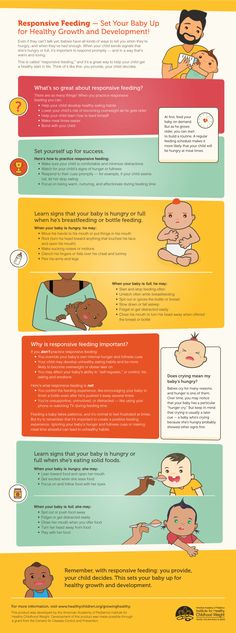
Change their diaper.
Play music.
Sing to them or play with your baby.
Stroke the palms of their hands and soles of their feet.
Feed them during their light REM sleep cycle (when their eyelids flutter, they grin in their sleep, and have clenched fists)
Get skin to skin with your baby.
Massage the crown of your baby’s head while their feeding.
Wet a washcloth with lukewarm water and rub it on their face or along their hairline.
Do breast massages while feeding to encourage them to feed longer.
Run your fingers gently along their cheek or foot.
Switch breasts as soon as you notice baby stops actively suckling and begins to trail off.
Breastfeed in the “football” hold.
If your nipples are sore, these are an absolute lifesaver.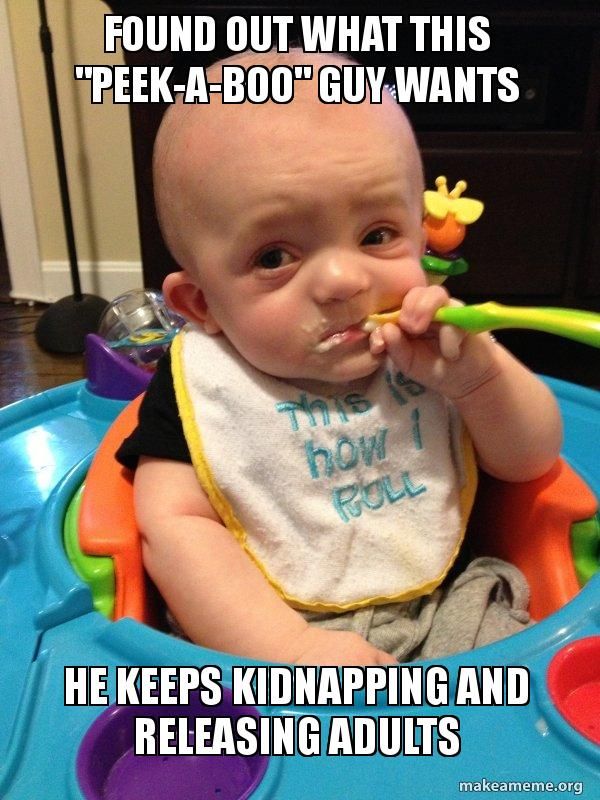 They’re super cheap, can be worn for multiple days (perfect when you’re trying to get a good latch), and are soooo soothing.
They’re super cheap, can be worn for multiple days (perfect when you’re trying to get a good latch), and are soooo soothing.
Lay them down on a flat, firm surface.
Bathe them.
Stroke your baby’s cheek if they’re latched but not actively nursing.
Move their arms and legs in a bicycling motion.
Talk to your baby!
Walk your fingers up baby’s spine.
Tickle their lower lip to encourage them to latch.
Feed your baby as soon as they wake.
Unwrap the baby from their blanket.
After trying a few tips, express milk for your baby if they’re still not responding. You can use hand expression or your pump.
Also, be sure to closely monitor their pee and poop output and weight gain to make sure they’re consistently getting enough to eat.
In the early weeks, newborn sleep is largely dictated by hunger so sleep duration varies a lot.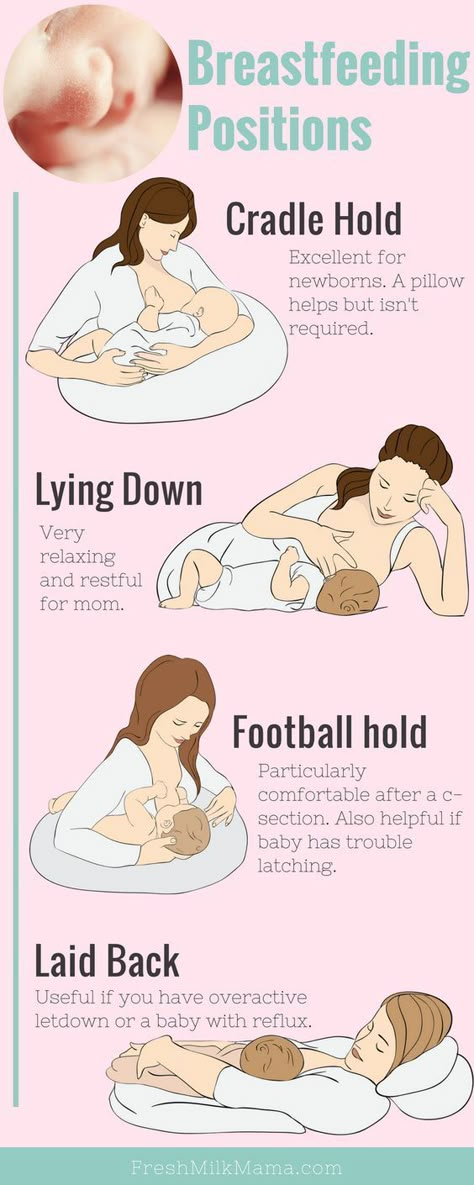
Until baby is back to birth weight (ideally by 14 days), try to gently wake baby every 3 hours for a feeding if they’re still sleeping.
🤱 1. If your nipples are sore, these are an absolute lifesaver. They’re super cheap, can be worn for multiple days (perfect when you’re trying to get a good latch), and are soooo soothing.
💪 2. Boost supply and tone up postpartum. Milk Dust is protein powder made just for breastfeeding moms. It nourishes and tones postpartum bodies (and contains milk boosting ingredients too!) Get 10% off Milk Dust using the code MILKOLOGY at checkout
💦 3. Ditch nursing pads for something better. The Elvie Catch protects your nipples and also catches milk from your letdowns. It helps you build your freezer stash without even trying! Save 15% on the Elvie Catch using the code MILKOLOGY
Breastfeeding, Common ConcernsStacey Stewart
How to help the baby when regulating
Support icon ofKeywords for searching
Home ›!! How to help a child in sprinkling
Home Home ›!! How to help a child in regurgitation
↑ Verki
Breastal feeding - completely special time for mom and her newborn baby.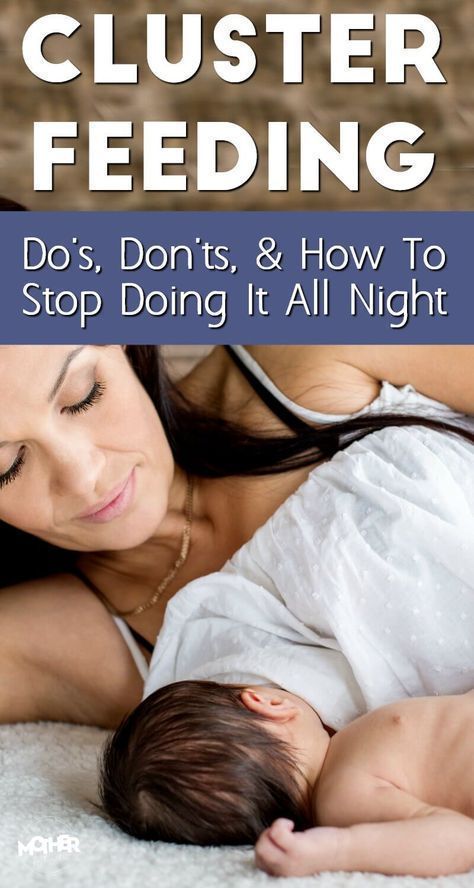 Together with the feeling of closeness and affection that feeding brings, understanding its nuances cannot but raise many questions, including the question of how to help an infant spit up. Regurgitation in a newborn is by no means always the result of a simple pat on his back. nine0015
Together with the feeling of closeness and affection that feeding brings, understanding its nuances cannot but raise many questions, including the question of how to help an infant spit up. Regurgitation in a newborn is by no means always the result of a simple pat on his back. nine0015
In this article, we'll talk about the basics of helping a newborn spit up, as well as other questions you may have about spitting up.
Why do babies spit up?
Let's get it straight: why do newborns need to burp in the first place? During feeding, children usually swallow extra air - this is called aerophagy. Spitting up helps prevent this air from entering the intestines, as well as vomiting, gas, and crankiness in the baby. To avoid the return of milk after feeding, you should give the baby the opportunity to burp more often. nine0003
How to help a newborn spit up?
During the first six months, the baby should be kept upright in a column for 10-15 minutes after each feed. This will help keep the milk in his stomach, but if the baby occasionally burps anyway, parents need not worry. While carrying your baby in an upright position, you can put a baby diaper or wipes on your shoulder to keep your clothes clean.
This will help keep the milk in his stomach, but if the baby occasionally burps anyway, parents need not worry. While carrying your baby in an upright position, you can put a baby diaper or wipes on your shoulder to keep your clothes clean.
We've already seen why spitting up is important, now let's find out how to help your baby spit up. Parents should gently pat the baby on the back with a hand folded in a handful until he burps. Folding your hand into a handful is important because clapping with a flat palm may be too strong for an infant.
Every baby is different and there is no one right position for spitting up. To get started, you can try the following options:
- Sitting position with the baby on the chest. In this position, the parent puts the baby's head with his chin on his shoulder and with one hand supports the baby under the back. With the other hand, you can gently pat the baby on the back. This method is most effective in a rocking chair or when the baby is gently rocking.
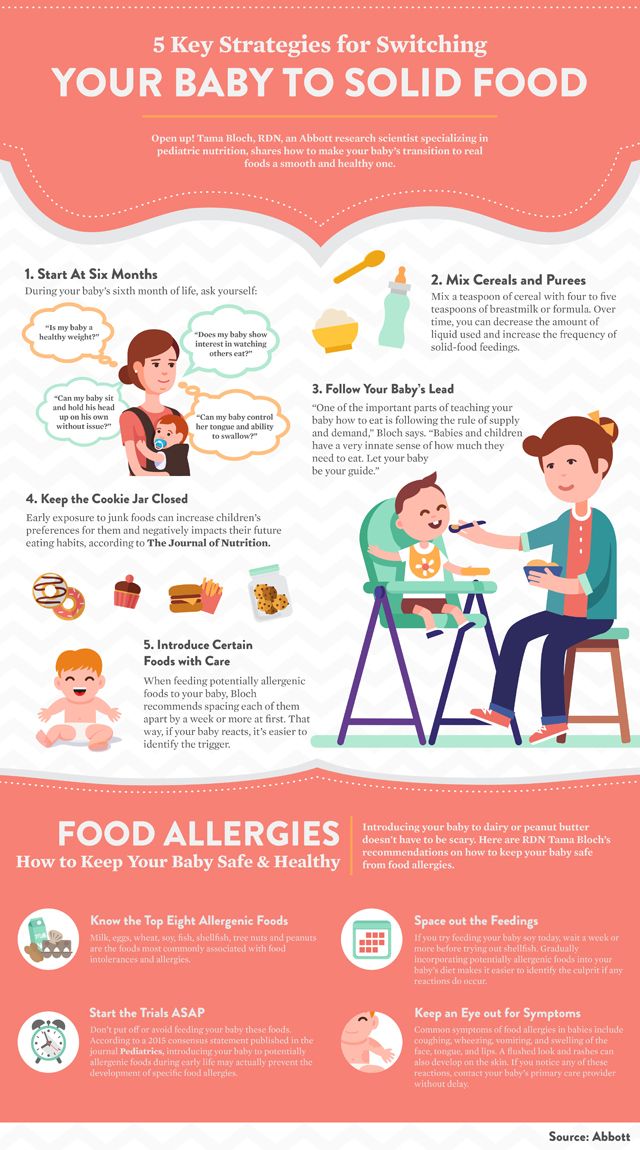 nine0044
nine0044 - Holding the child upright on your legs. With one hand, parents can hold the baby by the back and head, supporting his chin and placing his palm on the baby’s chest, with the other hand, you can gently pat him on the back. At the same time, it is important to be careful: do not press the child on the throat, but only gently support his chin.
- Holding a baby on your lap while lying on your tummy. Make sure his head is above his chest and gently pat your baby on the back until he burps. nine0015
Here are some tips on how best to help your newborn spit up:
- Let your baby spit up during feeding. If the baby is restless or has swallowed air, it is worth giving him the opportunity to burp during feeding, and not just after.
- When bottle feeding, let the newborn burp after every 50-60 ml.
- When breastfeeding, let the baby burp at every breast change. nine0015
It is important to let your baby spit up after eating, even if he spit up during feeding!
If your baby is gassy, spit up more often.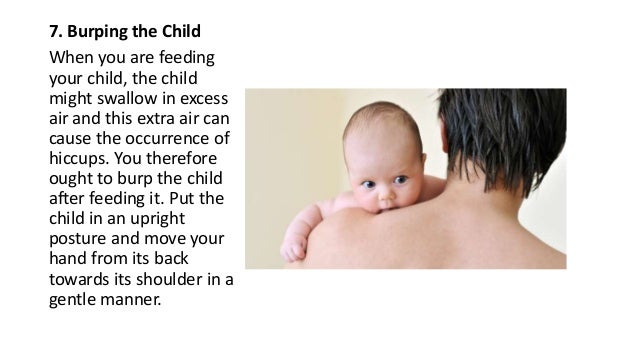 Also, if he vomits frequently or suffers from gastroesophageal reflux disease (GERD), have him spit up after every 30 ml bottle-feeding or every five minutes while breastfeeding.
Also, if he vomits frequently or suffers from gastroesophageal reflux disease (GERD), have him spit up after every 30 ml bottle-feeding or every five minutes while breastfeeding.
How long should a baby be held for it to burp? It's different for everyone, but generally keeping a newborn upright for 15 to 20 minutes after a feed helps the milk stay in the baby's stomach. nine0003
Minimize the amount of air you swallow. Gas production and regurgitation result from aerophagia during feeding. The baby will inevitably swallow air, but there are ways to prevent it from swallowing too much. Whether you bottle feed your baby or combine breastfeeding with bottle feeding, the Philips Avent anti-colic bottle with AirFree valve is designed so that the nipple is always filled with milk without excess air, even in a horizontal position, thus preventing the baby from swallowing excess air during feeding. nine0015
Reducing the amount of air your baby swallows can help reduce your baby's risk of colic, gas, and spitting up.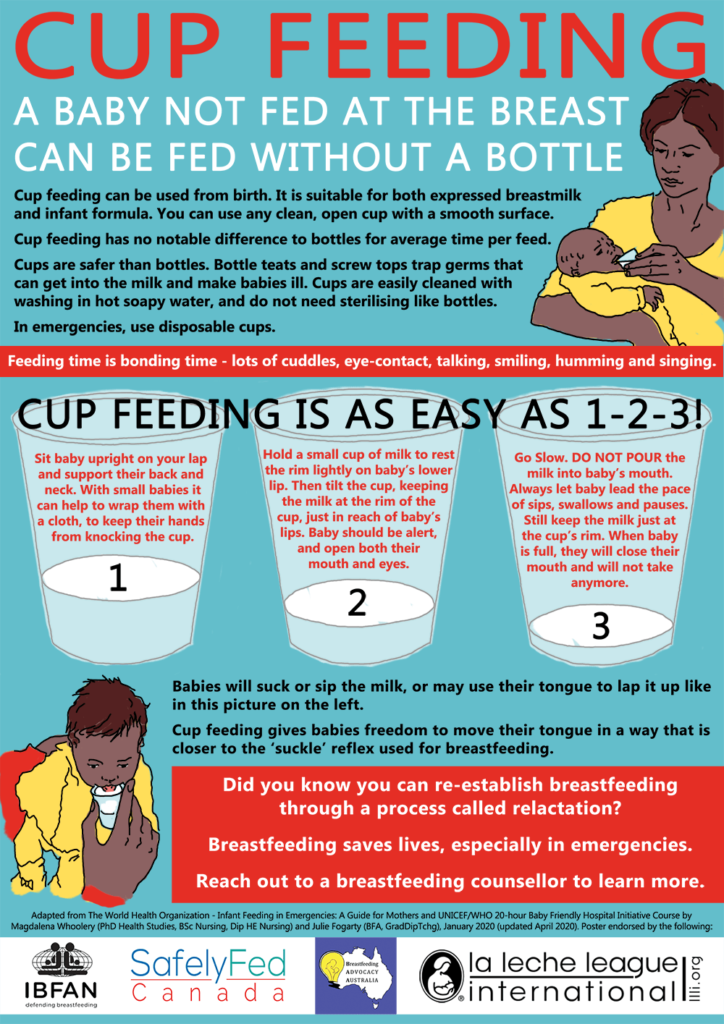
Breastfeeding is a wonderful time to strengthen the bond between parent and baby. Every mom and every baby is different, so learning to help your newborn burp properly can take time and practice.
Articles and tips from Philips Avent
Baby+ app
Download the app and track your child's development and growth with trackers, and keep those special moments forever.
Download app:
You are leaving the Philips Healthcare (“Philips”) official website. Any links to third party websites that may be included on this site are provided solely as a convenience to you. Philips makes no warranties regarding any third party websites or the information they contain. nine0003
I understand
You are about to visit a Philips global content page
Continue
You are about to visit the Philips USA website.
I understand
How to apply the baby while breastfeeding
Desired position
First of all, you need to correctly position the baby at the chest. Take him in your arms so that he is turned to his mother with his whole body, the child's face should be close to the chest, his mouth is wide open. In case of an incorrect position, the baby's body is deviated from the mother's, the chin does not touch the chest, the lips are extended forward. This is an important point, because if the baby starts sucking the breast incorrectly, he will not receive enough milk, the baby will begin to throw and grab the breast again, and sometimes even refuse it. nine0003
Take him in your arms so that he is turned to his mother with his whole body, the child's face should be close to the chest, his mouth is wide open. In case of an incorrect position, the baby's body is deviated from the mother's, the chin does not touch the chest, the lips are extended forward. This is an important point, because if the baby starts sucking the breast incorrectly, he will not receive enough milk, the baby will begin to throw and grab the breast again, and sometimes even refuse it. nine0003
Correct grip
Now you need to correctly insert the breast into the baby's mouth. In general, every healthy newborn has reflexes that help him eat. But the baby does not have a reflex that would help him keep his mother's breast in his mouth, and the baby cannot properly grasp the nipple himself. Therefore, the child needs help - put the breast into the crumbs' mouth so that it captures not only the nipple, but also the areola. If the baby grabs only the nipple, then the pressure on the ducts of the mammary gland will be weak and the milk will flow poorly from the breast.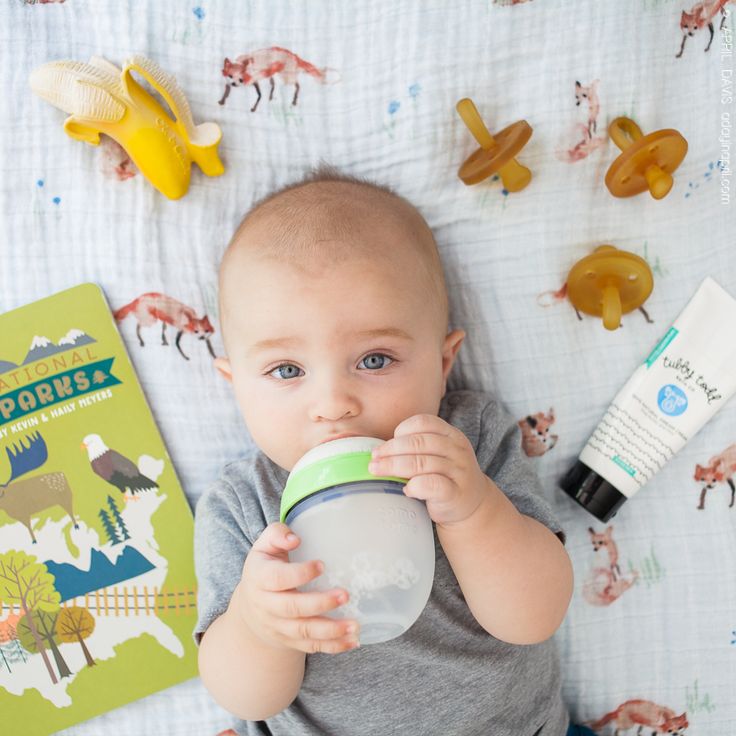 In addition, if a child suckles only the nipple, his skin is often damaged and cracks appear on the nipple. Sometimes, in order to give a breast to a child, a mother pinches the nipple and areola with her fingers and tries to push them into the baby's mouth. You don’t need to do this, it’s much easier to just touch the nipple to the baby’s lips (stimulate the capture reflex), wait until the baby opens her mouth wide, and quickly give him the breast. nine0003
In addition, if a child suckles only the nipple, his skin is often damaged and cracks appear on the nipple. Sometimes, in order to give a breast to a child, a mother pinches the nipple and areola with her fingers and tries to push them into the baby's mouth. You don’t need to do this, it’s much easier to just touch the nipple to the baby’s lips (stimulate the capture reflex), wait until the baby opens her mouth wide, and quickly give him the breast. nine0003
simple poses
Immediately after delivery, especially if there was a caesarean section or an episiotomy (or you just want to lie down), you can feed the baby lying on your side . You lie in bed, put the baby next to you, bend your lower arm at the elbow, and support the back of the child with your upper palm. The baby should lie on the bed parallel to your body, his mouth should be at the same level and very close to your nipple.
The second easiest position for feeding - sitting position .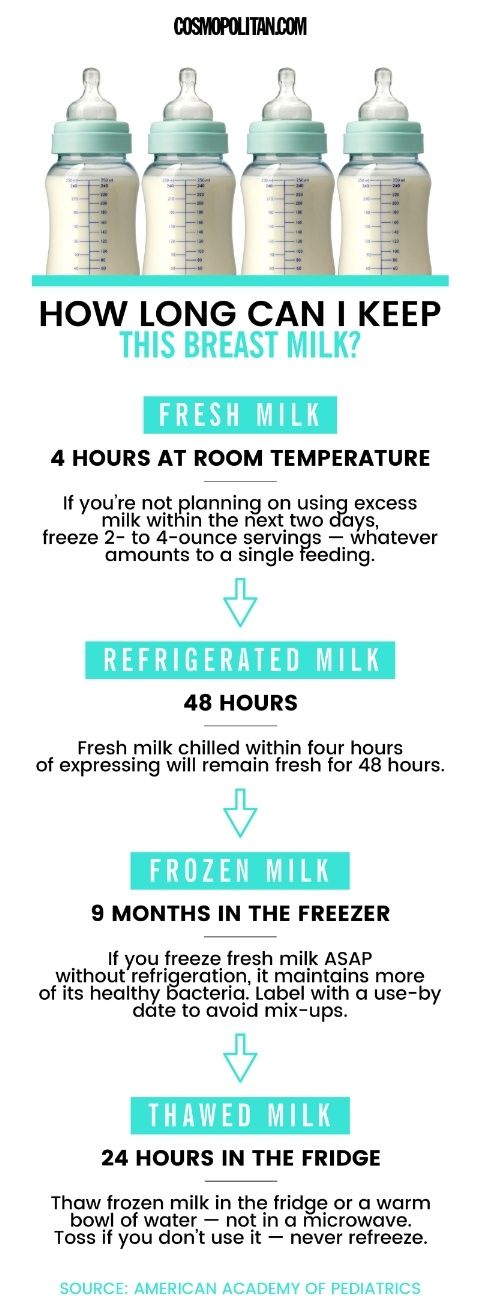 To do this, take the baby in your arms, bend your arm at the elbow from the side of the breast with which you will feed the baby. At the same time, the baby's head lies on a bent arm. To make it more convenient for you, put a pillow under your elbow (regular or special for feeding), you can also put something under your legs.
To do this, take the baby in your arms, bend your arm at the elbow from the side of the breast with which you will feed the baby. At the same time, the baby's head lies on a bent arm. To make it more convenient for you, put a pillow under your elbow (regular or special for feeding), you can also put something under your legs.
For variety
We have mastered simple poses - now you can try to feed the baby from other positions, for example, in position "jack" : mother and baby lie on their sides parallel to each other, but now their legs and head look in different directions. There is also such a pose - "chest on top" : the baby lies on its side, and the mother, as it were, hangs over him. In this position, it is easier for milk to go down the ducts, and it is easier for the child to get it. To make everyone comfortable, the baby should be put on some kind of elevation (for example, on a pillow).
Prevention of lactostasis
Laxtostasis, or stagnation of milk, is a very unpleasant thing. It occurs when any lobule of the mammary gland is not emptied of milk to the end. To prevent it or if it has already occurred, you need to feed the baby from under hands (from under the arm). In general, if you feed in this position at least once a day, then the lower and lateral lobes of the breast (the most frequent places of lactostasis) will be better emptied.
It occurs when any lobule of the mammary gland is not emptied of milk to the end. To prevent it or if it has already occurred, you need to feed the baby from under hands (from under the arm). In general, if you feed in this position at least once a day, then the lower and lateral lobes of the breast (the most frequent places of lactostasis) will be better emptied.
In this position, you put the baby on the pillow, the baby's head is located at your chest, and the body and legs are behind you (facing towards your armpit). Here's the important thing: the baby's mouth should be at the level of the nipple, then your back will not get tired during feeding.
Child likes
If your milk flows out too quickly and the baby does not have time to swallow it, then you can feed the baby in position "baby on top" . You lie on your back (with your head on the pillow), and the baby is applied from above. Grown up children still love this pose because it is more convenient for them to observe the world around them “from above”.

